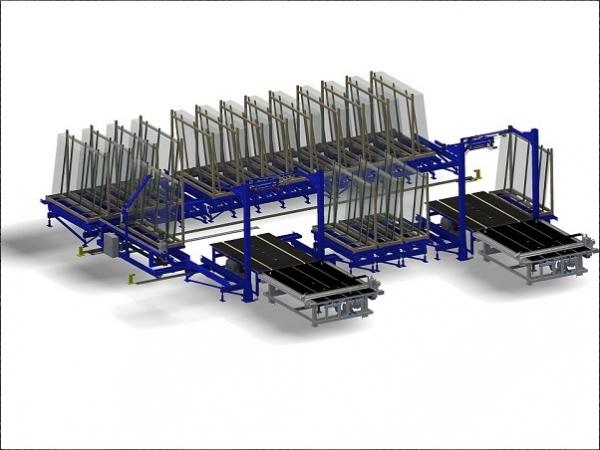
Date: 18 May 2018
Growth at customized machinery manufacturer Integrated Automation Systems was turning entering orders into a time-consuming challenge.
“It would not have been unusual for us to take four to five or even six weeks just to get ready to order the items needed to make a system,” said Jim Collins, chief operating officer. “That’s a really long time just to get started.”
 The bottleneck? The SKU-based bill of materials process in their accounting system, which required manually entering a SKU for every part and variations in a system.
The bottleneck? The SKU-based bill of materials process in their accounting system, which required manually entering a SKU for every part and variations in a system.
“We didn’t start in shop for seven to eight weeks after receiving the order until the parts came in. There was lots of wasted time.”
Purchasing is a “big thing” at IAS, which makes automated glass handling and storage systems and gas-filling equipment for insulating glass makers. One machine can have 400 parts from 25 different vendors.
“To create orders with our previous BOM process in our accounting system, we would have to look at our entire parts list of nearly 4,000 items, pluck out the correct parts for the ordered system from each vendor and then type them in. There was an extensive amount of manual typing.”
IAS was also struggling with training new employees, production errors and accurately tracking labor costs by system or component.
“We also wanted to move towards visual manufacturing with better processes in place,” says Collins. “And we wanted to track labor and time per machine. If we build a drop table, we need to know we put in X number of hours.”
The solution for IAS? Q2S ERP manufacturing software, which has an advanced and dynamic rules-based bill of materials generator.
The Q2S rules-based BOM enables readily configuring, pricing, making and shipping products with many possible variations. This can include rapid turnaround (and remakes) of mass customized items or a smaller number of complex products with many variations including one-off components, such as machinery.
“We now have a live BOM that asks all pertinent questions,” says Collins. “We fill out check boxes and it generates the right price and the builds the BOM for that system or part.”
Now Q2S tells IAS employees all the parts needed to order and from which vendor just by pressing a button. From the purchasing screen, they can see all the purchasing requirements to each of the vendors.
“Custom building a bill of material is huge for us as it makes purchasing and engineering 100 times easier and eliminates the errors we were getting. A person going over a 10-page spreadsheet BOM will make mistakes.”
Collins says the company is down to two weeks or less to process an order and will eventually get to within a week.
“To ship and bill a system a month sooner, that’s huge.”
Reusing standard components
“We have lots of standard machine components that get plugged into different machines,” Collins says. “But up until now, the number for each item and how it is laid out is set up just for that one customer.”

In the previous system, IAS had to create different part numbers for all items. They also implemented their own part numbering system at the same time, which made it more complicated. People knew the numbers in their heads.
“Also some components are customized and we are constantly improving our equipment. This is why nothing that comes out of here is the same, because we are always making improvements.”
“Q2S gives us huge advantages.”
Accurate labor costs
“We have to track the right labor cost to the right system. That’s so hard to do without some sort of system because our process is not linear. There are lots of stop and starts and bouncing between jobs. We don’t make machines one at a time.”
IAS will also have a much better idea of what each system costs to build as they implement labor tracking, he says.
“We’re working on that now. We want to know how long it takes to make something and whether we are pricing right and estimating lead times right.”
Visual manufacturing
“Visual manufacturing is a big deal for our employees. Now they can see the part and the time frame.”
We’ve streamlined manufacturing,” Collins says. “We can get employees up to speed faster. We’ve reduced errors because they see the drawing and picture every step of the way. We’ve increased efficiency all the way through the system.”
“We can make machines faster.”

Easier invoicing
IAS is still using their accounting systems.
“We can now easily do progress invoices at times like purchase, shipment and installation. We typically send several invoices to a customer for a single system order and we get hundreds from our vendors.”
Q2S ERP and QuickBooks are interfaced, allowing for two-way communication.
“Previously we had issues when an estimate became an order. We don’t need a BOM to price a system. But once it turns into order, the Q2S live BOM is a big help.”
 600450
600450

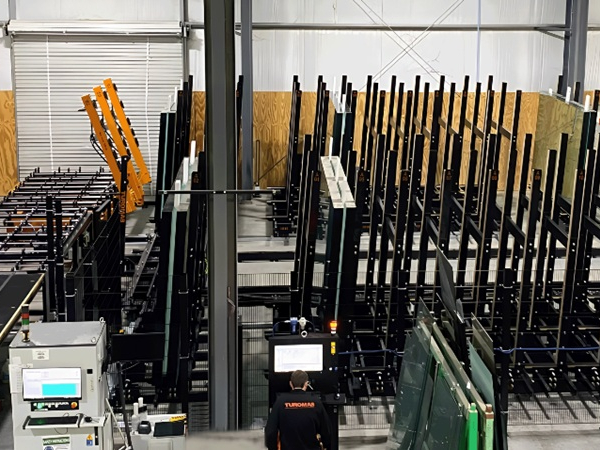
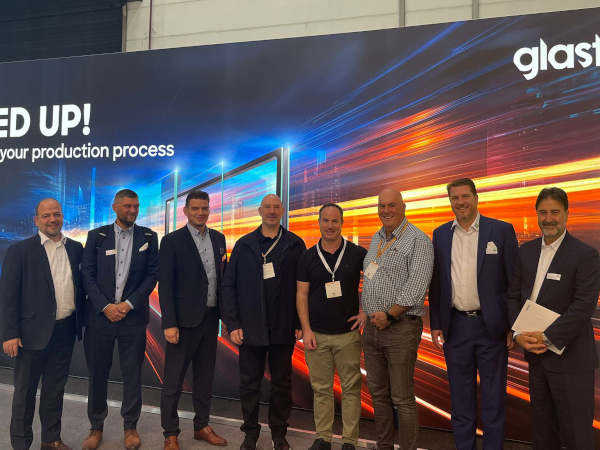
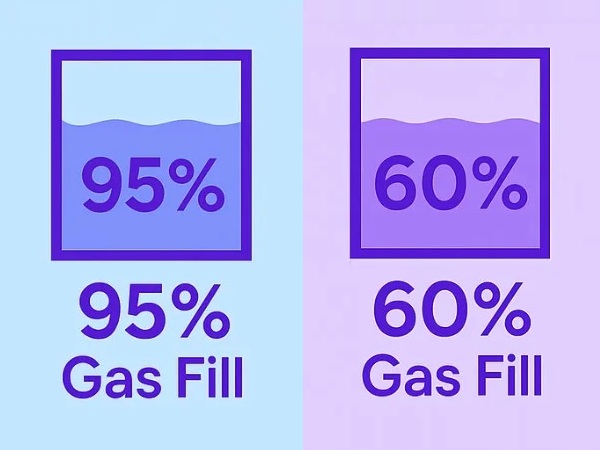


























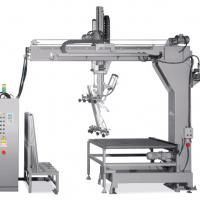
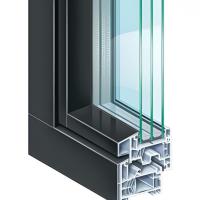
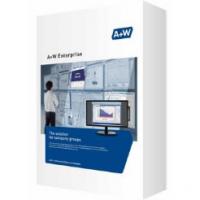
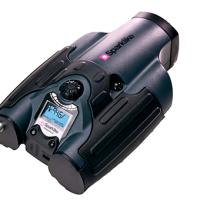
Add new comment